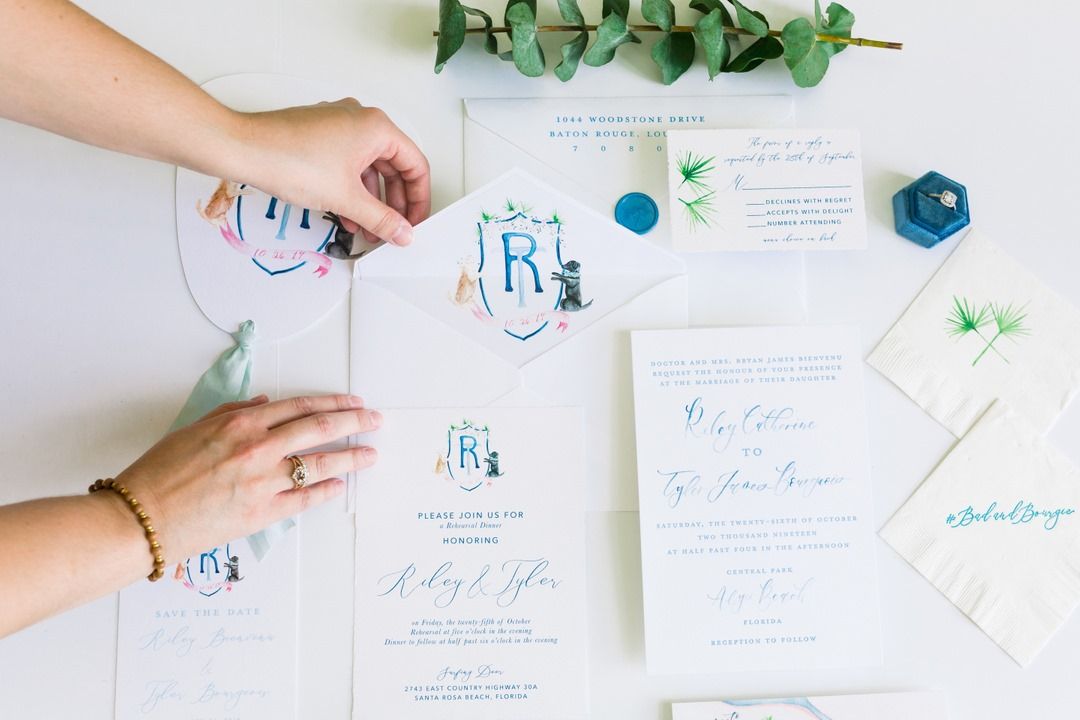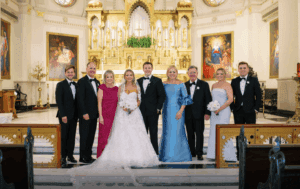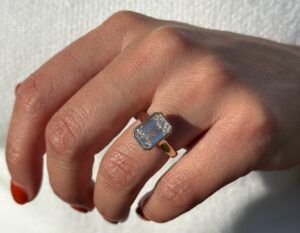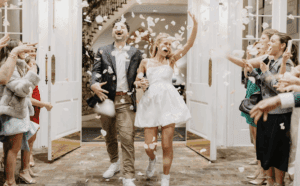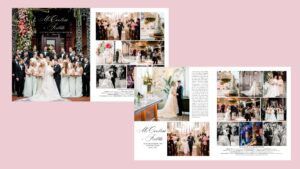You’re invited: Stationers talk style and substance of wedding invitations
While the institution of marriage has survived as a cultural tradition for thousands of years, women, regardless of nationality or religion or style of dress, have always been born with distinct personalities that stem from a world all their own, complete with their own tastes and quirks. In our contemporary age, this individuality has been raised to a standard—a virtue, even—that has infiltrated even those most ancient of human ceremonies, but certain protocols or styles still have their place in the planning process. With more people getting married later in life, for the second time, or in backyards, it’s important to let guests know what type of wedding they’re getting themselves into. And it all starts with the invitation.
To learn more about traditions and trends for various styles of brides, we talked to a few local stationary experts about their observations in the industry of invites.
Stacey Rodriguez of Paper N’ Things
The traditional bride
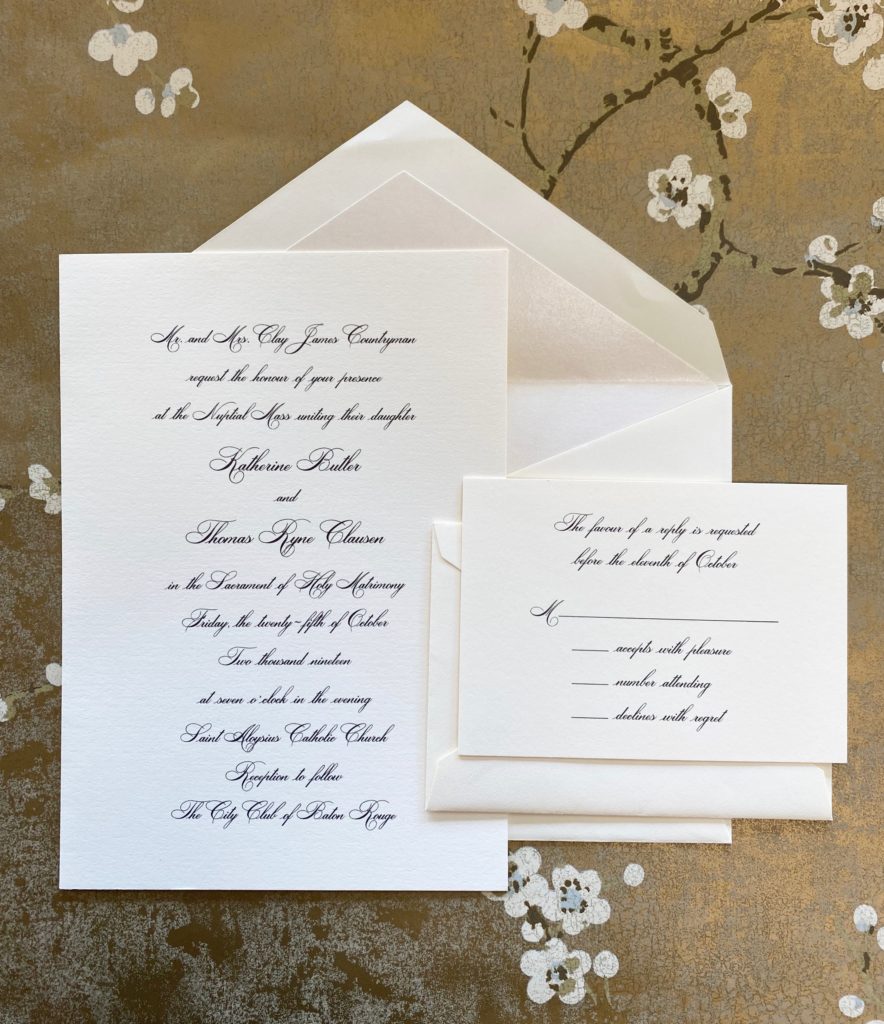
“My favorite traditional style of invitation is the simple folded card,” says Rodriguez. “That’s kind of how they all originated. That plus engraving is very classic.”
Another blast from the past reigning supreme in 2020: hand calligraphy. “You can use block or simple script for the rest of the text, but hand calligraphy for the names of the couple is always so beautiful,” she says. Black or gold ink is probably more traditional, and in my opinion invitations don’t have to match your wedding colors. Neutral tones will always stand the test of time, regardless of what color your flowers or bridesmaids’ dresses are. I’d stay away from peppier colors like pink or orange.”
Most important, though, is etiquette, which stems from tradition but can have practical implications as well. “Of course marriages have evolved over time,” she says, “but if a wedding is very traditional, with a young bride and groom getting married for the first time in a church, the wording should refer to their parents as ‘Mr. and Mrs.,’ since the invitation should be issued by the bride’s parents, assuming that they’re the ones paying.”
Michelle Beauboeuf of The Queen Bee
The minimalist/modern bride
It’s true that hand calligraphy will never go out of style, but the staff at The Queen Bee has seen a few variations that mark the sign of the times in wedding invitations.
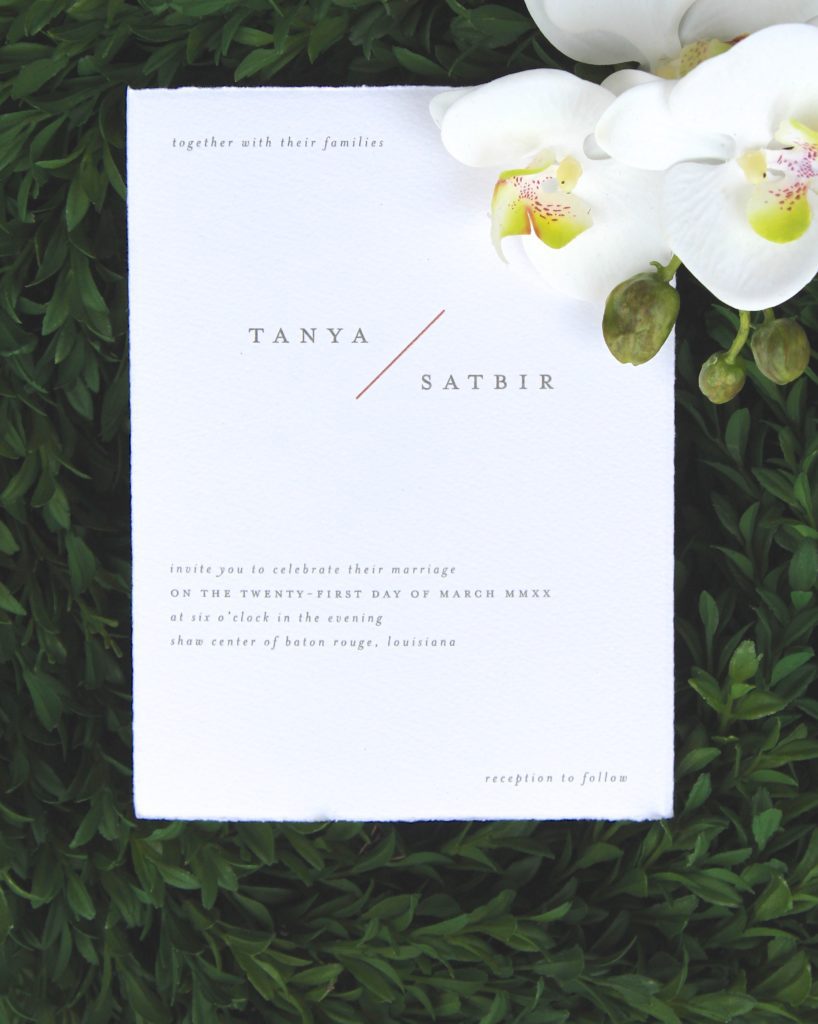
“A big trend right now is to use a huge, heavyweight card,” says Beauboeuf. “A lot of women go for a gold-bordered edge and double envelopes, which is still very traditional, but I’ve also noticed that many people are eschewing the old-fashioned reply card and opt for a ‘details’ card instead.”
This card accompanying the main invitation could direct guests to reply not in a mailed letter, for example, but on the couple’s wedding website. It could also include tidbits revolving around shuttle transportation, accommodation or even COVID compliance.
“But if anyone says they ever want to have guests text their RSVP, that’s where I draw the line,” laughs Beauboeuf. “I would rather pay for the insert myself!”
Other modern details include branding each part of the invitation with a recurring motif, often with a simple sketch or watercolor of the venue or church, and using variations on typical black or gold colors, ranging from trendy gray tones to forest greens.
“The wording is still important, though,” she says. “There used to be one way to do this, but now it depends on the couple’s circumstances. If the wedding is at a beach or backyard, the wording would be something like ‘Mr. and Mrs. X request the pleasure of your company,’ whereas a wedding in a church would ‘request the honor of your presence.’ If the couple is older and paying for the wedding themselves, then it might just use their names and ask guests to ‘celebrate together with their families.’ Or if both sides of the family are paying, then both their names can issue the invitation. It’s different every time.”
Andi Berthelot and Madeline Silvio of The Keeping Room
The bohemian bride
“I always tell the brides that the invitation is going to set the tone of the wedding,” says owner Andi Berthelot. “If you’re a quirkier bride with a not-too-formal, not-too-casual wedding, I would always say that less is more. Here, we like to lean into what we call a ‘traditional with a modern twist’ style that usually lets all kinds of personalities shine.”
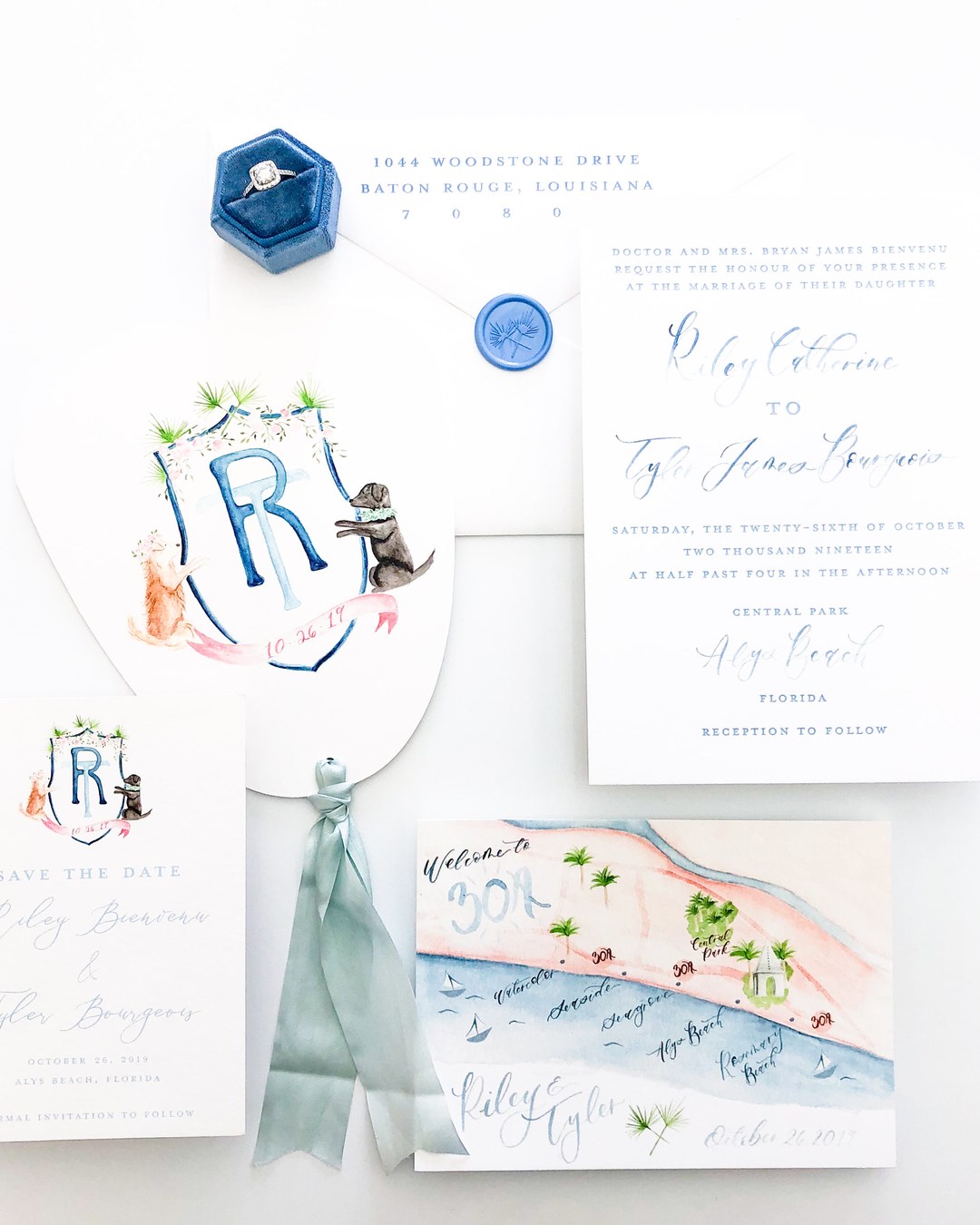
A lot of the suggestions made by an invitation, she says, come from the font.
“Something whimsical is going to signal to guests that the wedding is more casual than formal. If it’s more tailored, then it would suggest a more middle-of-the-road occasion.”
For bridal consultant Madeline Silvio, a bohemian bride’s strengths might lie more in the little details, instead of making big statements.
“Something simple like a unique envelope liner would be cool,” she says. “Or a nontraditional color of ink or paper that veers away from black or gold, like grays or dusty blue-gray, which have been popular. A lot of brides are also into creating a unique crest or monogram that can be carried as a theme through all the pieces, even into the thank-you cards at the end. It’s like a signature trademark.”
What style is your favorite? Let us know in the comments below.




